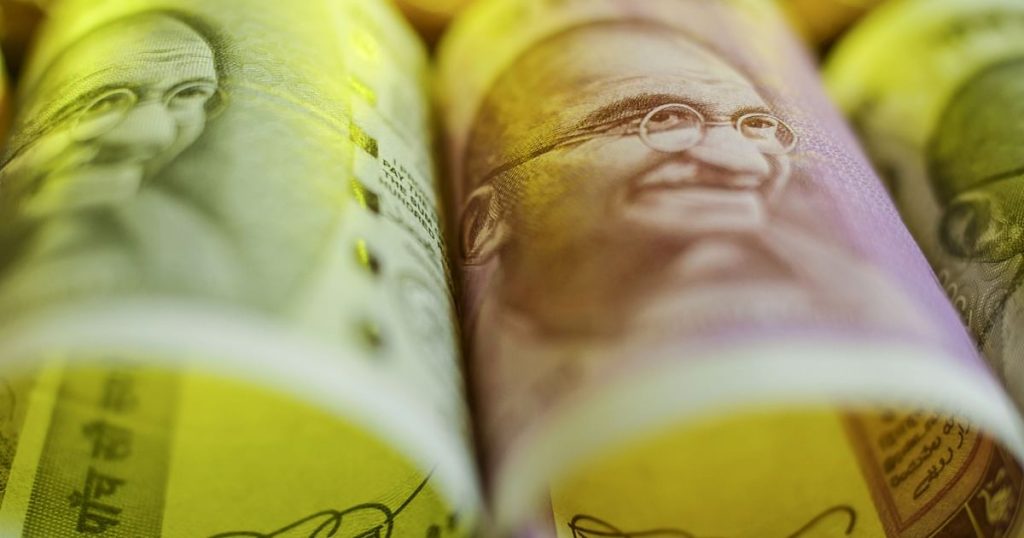How Does It Help?
Essentially, it makes it easier for funds to flow from capital-rich advanced economies (AEs) to capital-scarce emerging market economies. By widening the global investor base, capital account convertibility can help improve the availability and cost of funding, and thereby finance the growth of EMs. It can also help investors in AEs generate better returns, since EMs typically have higher growth prospects.
What Is The Flipside?
Liberalising the capital account also exposes the economy to global market volatility and hence, exchange rate swings. Let’s say, the U.S. Federal Reserve hikes the policy rate. This could tighten global financial conditions and could cause capital flight from EMs (riskier) to AEs (safer destinations). That would weaken the local (EM) currency versus the U.S. dollar, increase cost of imports, and lift domestic inflation.
To be sure, the converse could happen, too.
The global risk sentiment can also be affected by non-economic factors such as geopolitical developments and natural disasters. All such financial cycles increase the volatility of funding to EMs and affect its exchange rate and inflation.
In such instances, EM central banks may intervene and use their foreign exchange reserves to stabilise the local currency. But when forex reserves are running dry, a central bank could be forced to raise domestic policy rates to prevent further capital outflows. That could lead to a further domestic downturn.
Is India’s Capital Account Convertible?
Currently, it is partially so.
What Does That Mean?
After the 1991 BoP crisis, India quickly and fully liberalised its current account, but chose to go slow on the capital account.
Foreign portfolio investments — a part of capital flows — were first permitted in Indian equity markets in 1992, in corporate debt markets in 1995, and in government securities (G-secs) in 1997.
While FPI inflows to the equity market are open, they remain restricted in the debt market. Currently, FPI limits in G-secs are at 6%, state development loans at 2%, and corporate bonds at 15% of the outstanding stock.
More recently, India has introduced a “fully accessible route” for investments in certain government bonds. Starting 2020-21, all new issuances of government securities of five-year, 10-year and 30-year tenors will be eligible for investment under the fully accessible route.
India has also been progressively reducing restrictions on foreign direct investments. It has increased FDI limits for a number of sectors since 2014, permitting 100% FDI in over 35 sectors. Guidelines for external commercial borrowings are also being gradually broadened to accommodate more domestic borrowers.
Reserve Bank of India Governor Shaktikanta Das recently referred to capital account convertibility in India continuing as a process rather than an event, taking into consideration the prevailing macroeconomic conditions and risks.
What About Other EMs? What Can We Learn From Their Experiences On Capital Account Convertibility?
Many EMs with liberalised capital accounts have suffered adverse consequences from the kind of cycles we described above.
In the 1980s, Latin American countries with high levels of foreign debt were unable to service them as AEs embarked on a rate-hike cycle. In 1997, Southeast Asian economies faced a severe currency crisis owing to current account imbalances. More recently, in 2013, the mere hint of tapering of asset purchases by the U.S. Fed caused large capital outflows from EMs, including India. This significantly weakened their currencies, with the Indonesian rupiah depreciating 26.5% against the U.S. dollar, and the Indian rupee weakening 14%.
Foreign investors closely follow factors such as current account deficit, external debt, foreign exchange reserves, growth-inflation mix and fiscal health of economies while making investment decisions.
While FPI inflows are more volatile and depend on short-term developments such as monetary policy changes in AEs, FDI flows are more durable, driven by domestic economic prospects. That said, a strengthening of India’s macroeconomic fundamentals since 2013 makes it less vulnerable to global policy spillovers.
Keeping the fundamentals strong thus remains a key pre-requisite for further opening up of the capital account.
